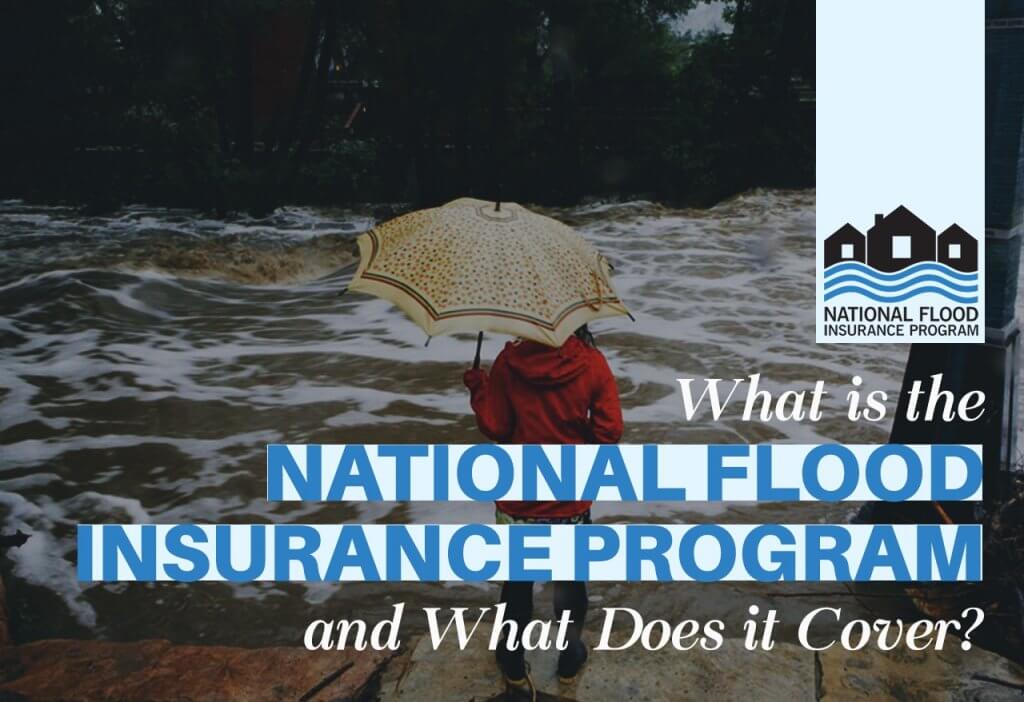
If you’re in the market for a new home, you’re likely educating yourself about homeowner’s insurance options and researching which one will be the best fit for you. But have you taken the time to consider if you will also need flood insurance for your new home? A standard home insurance policy does not include flood coverage. However, the National Flood Insurance Program, a program managed by the Federal Emergency Management Agency, exists to help homeowners in need of flood insurance protection.
What Is the National Flood Insurance Program?
Flooding is one of the most damaging and devastating events that can happen to any property owner, whether a homeowner or a business owner. Flooding can occur due to catastrophic weather events, floodplain issues, and natural disasters. Homeowner’s insurance and renter’s insurance policies, while comprehensive for the coverage they offer, do not provide coverage for damage from floods. The National Flood Insurance Program steps into that coverage gap by providing affordable flood insurance to those in need of it for home or business properties.
How Did the National Flood Insurance Program Begin?
The National Flood Insurance Program began with the National Flood Insurance Protection Act passed by Congress in 1968. This Act created federally backed flood insurance policies for consumers. In 1973, Congress passed the Flood Disaster Protection Act which established Special Flood Hazard Areas. The designated areas were those with a history of flooding devastation and disaster that required federal relief. The Act made it mandatory for owners of properties located in the Special Flood Hazard Areas to purchase flood insurance.
What Does Flood Insurance Cover?
The SFIP, or Standard Flood Insurance Policy, is the most commonly used type of flood insurance. This policy offers coverage in the event of a flood that causes devastation or damage to the building, home, or dwelling as well as coverage for loss of the contents of the home or business, such as furniture, equipment, and personal property. This coverage does not include items outside the home, such as a swimming pool or shed, as well as any loss of revenue due to a business flooding. FEMA has a fact sheet that details what is covered and what is not covered. Be sure to speak to your homeowner’s insurance agent about any additional policy riders you may require for extenuating circumstances.
Which Flood Zones Qualify for Coverage?
FEMA offers a comprehensive list of flood zones as well as a tool for looking up your home’s flood zone called the Flood Map Service Center. Any region identified as a Special Flood Hazard Area requires the purchase of flood insurance for your property. Zones beginning with the letter A and the letter V are high risk; Zones B, C, and X are moderate to low. Zone D is undetermined meaning no analysis of flood risk has been done for this zone.
Understanding if you are at risk of flooding is the first step in determining your need for flood insurance. Don’t wait until it’s too late. Take the time now to educate yourself about flood zones and flood insurance for your home and business. To discuss flood and other types of home insurance policies with a licensed Greenville insurance agent, call Upside Insurance.
